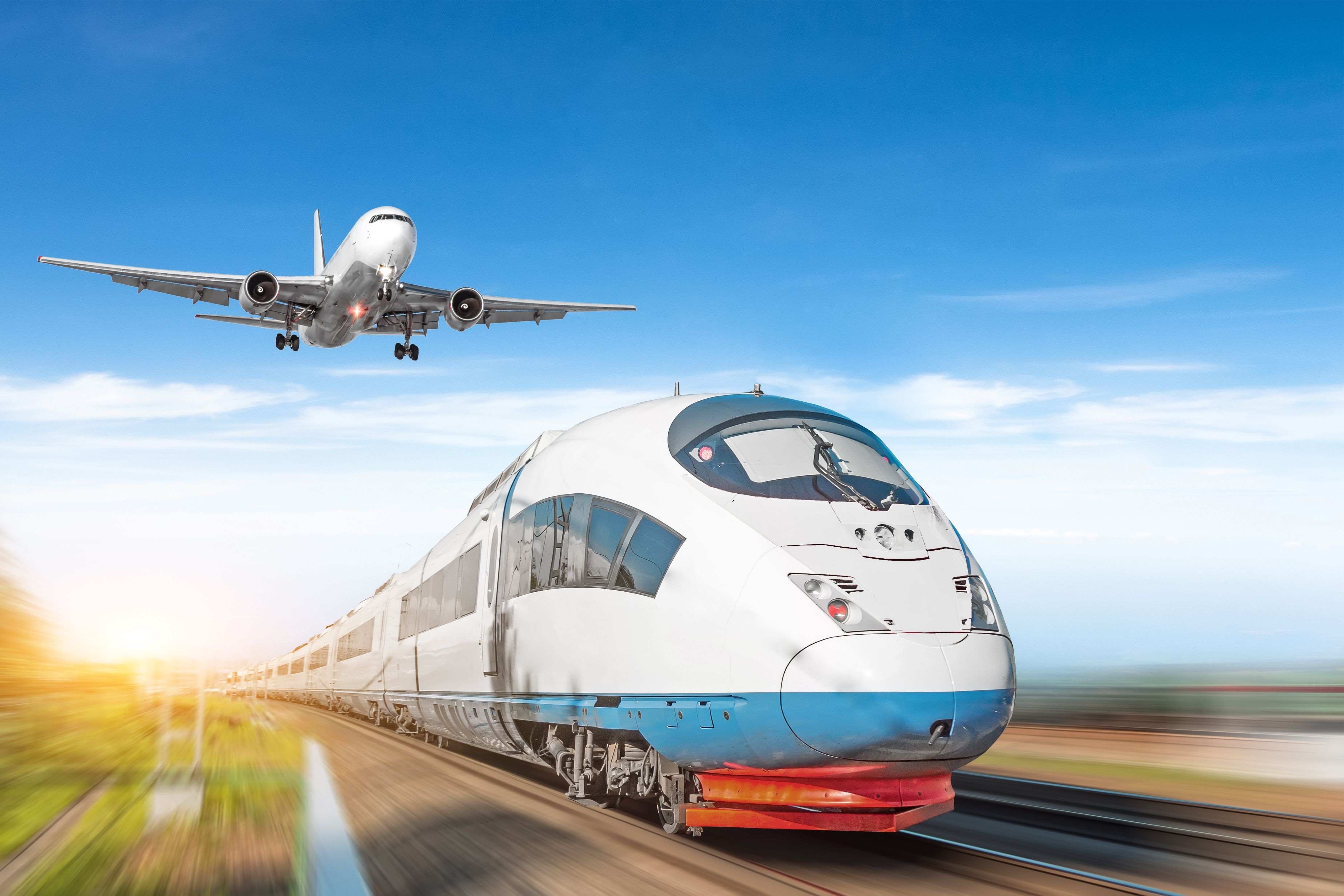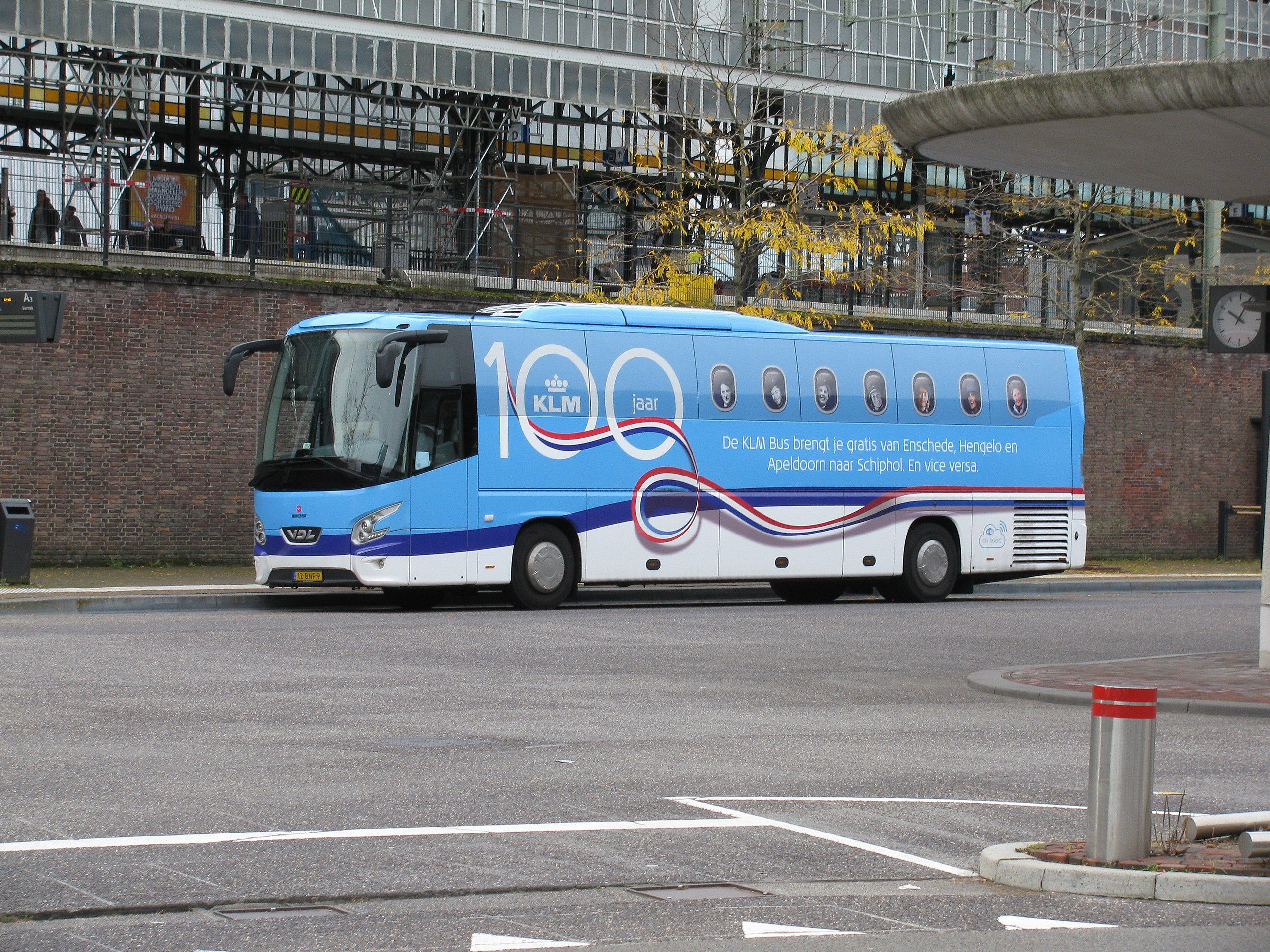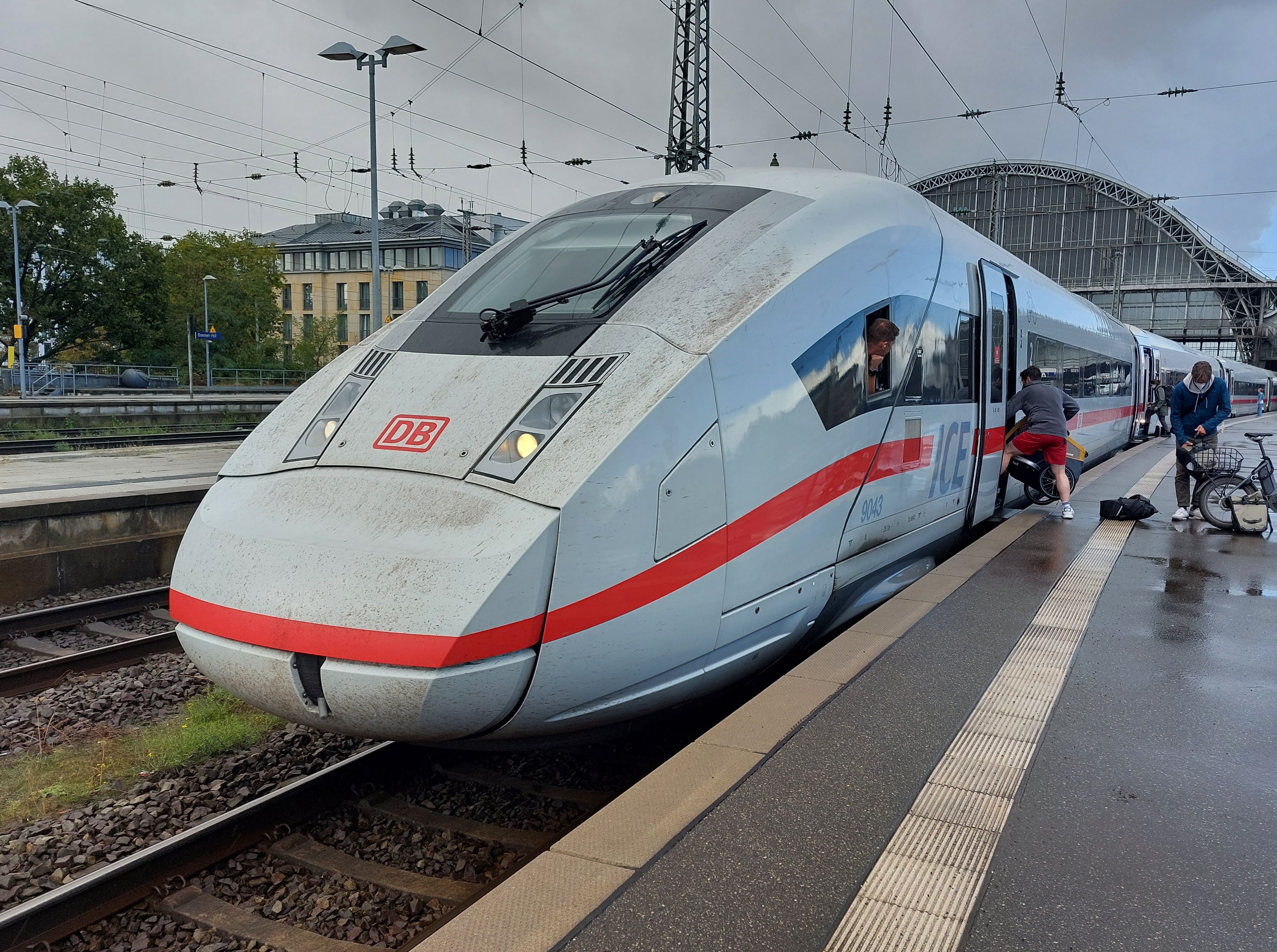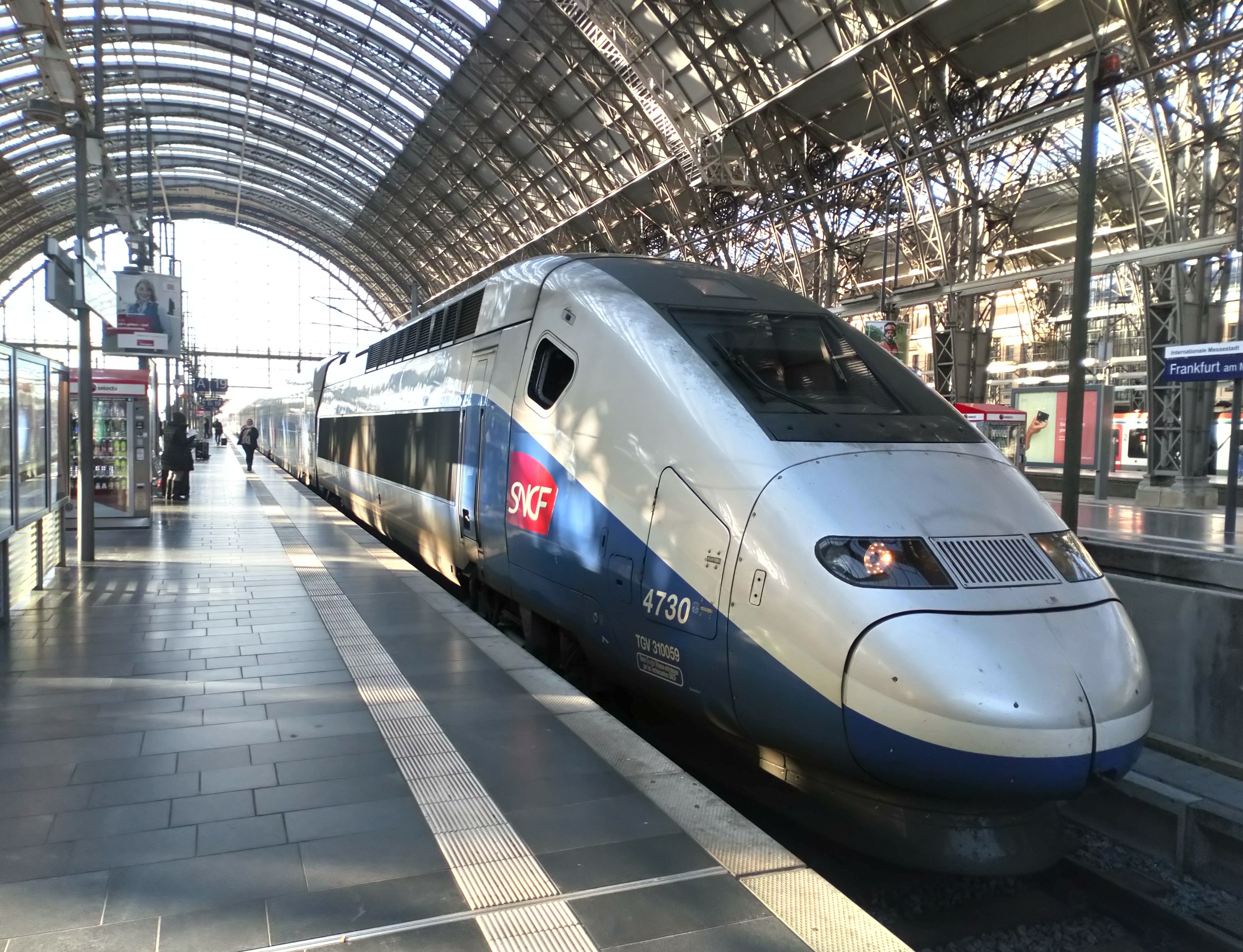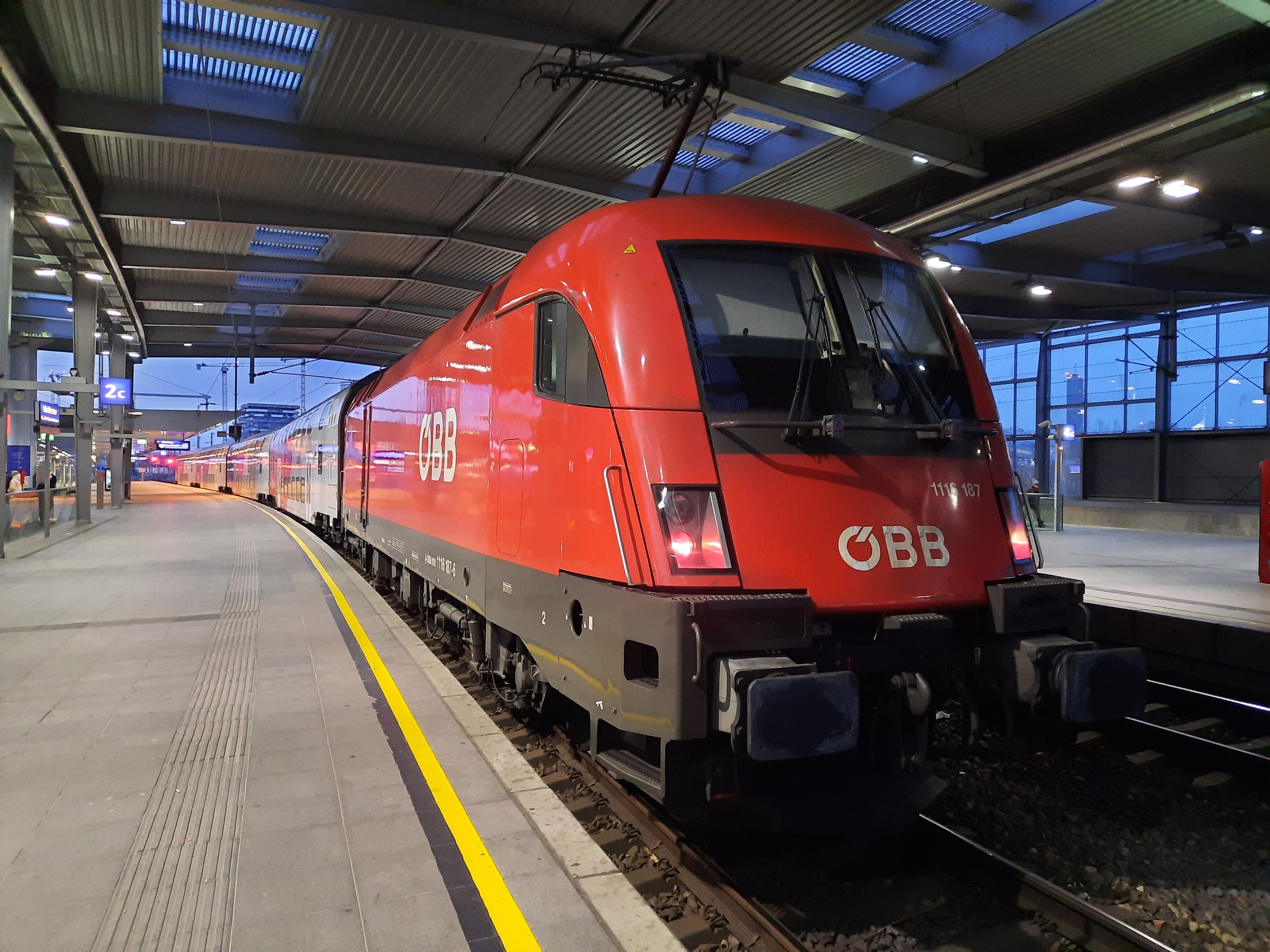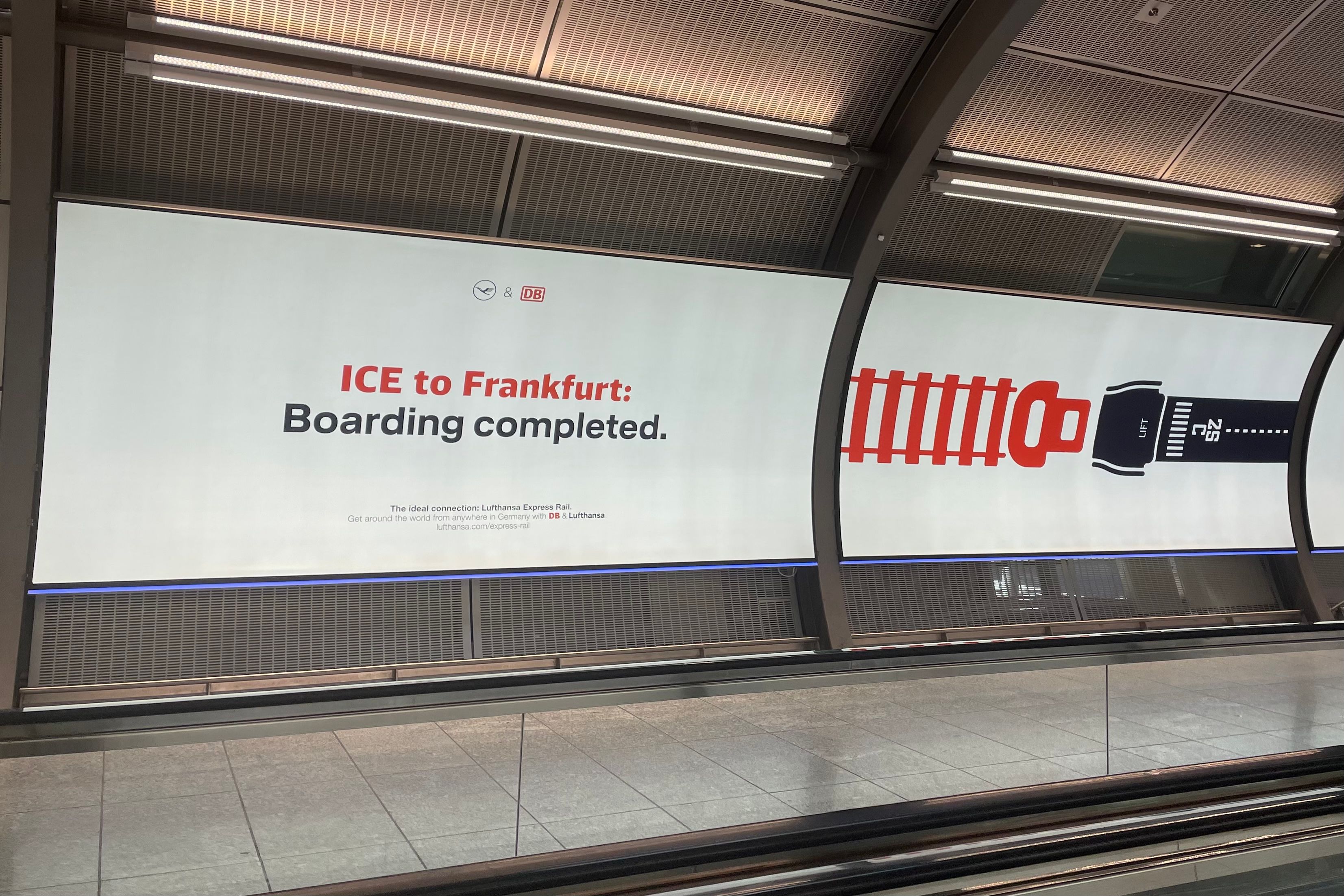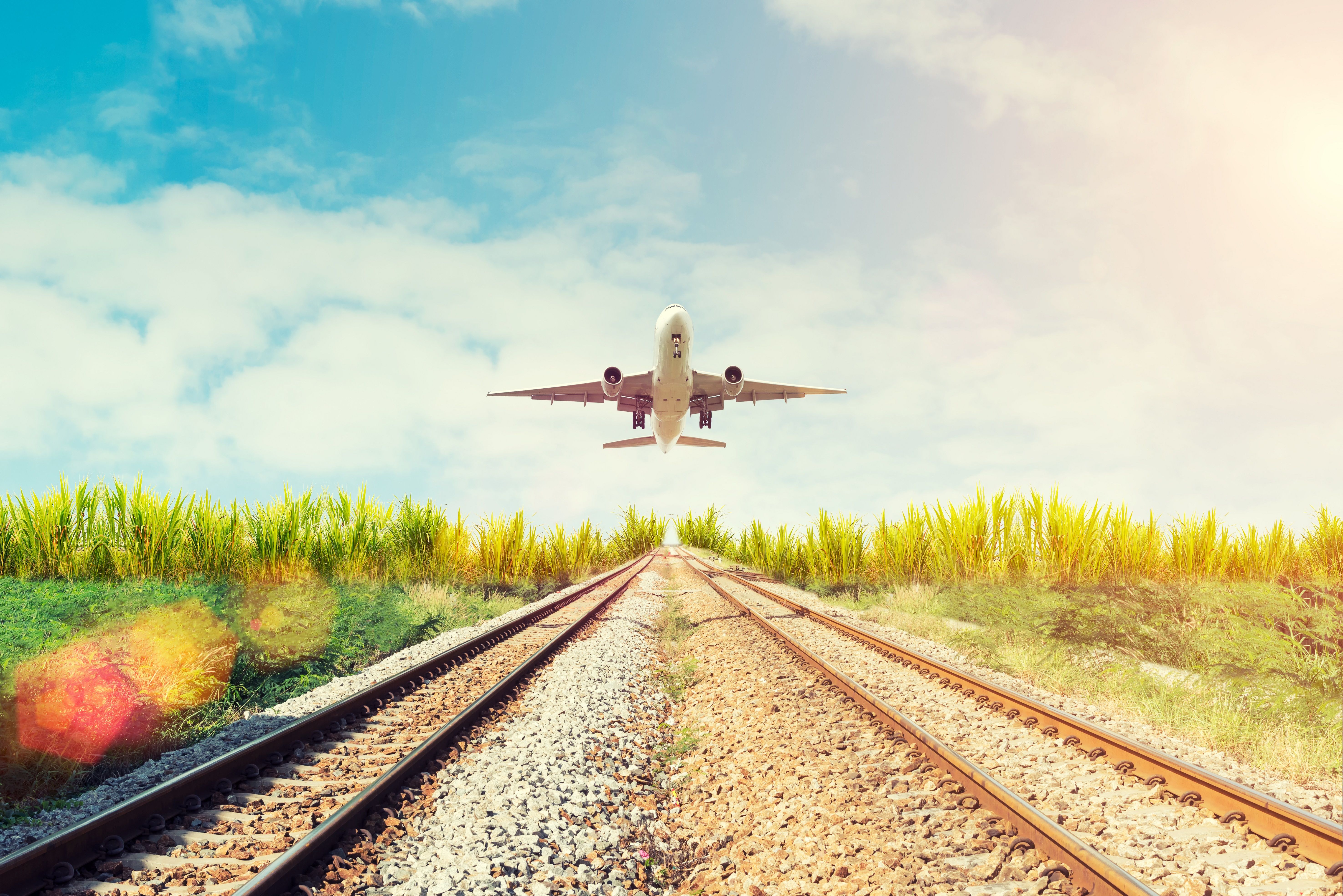Have you ever booked a flight with one or more connections and later realized that part of your journey is on a train or bus? While perhaps not quite what every passenger might initially expect, such itineraries increase connectivity by integrating train and plane services. There are only a handful of these routes in the world, so if you've never encountered one, here's what you need to know!
Air-France KLM is keen on such connections
Dutch flag carrier KLM is well-known for its impressive connectivity, and this extends to ground-based transport as well. These include rail connections between Brussels and Paris using French 'TGV' high-speed trains.
Another interesting connection is on the other side of the Atlantic Ocean in Canada, where a KLM-branded bus connects the Canadian cities of Montreal and Ottawa. This features certain restrictions, as the buses used cannot carry wheelchairs, bicycles, pets (apart from trained support animals), or unaccompanied minors.
Want answers to more key questions in aviation? Check out the rest of our guides here!
Meanwhile, Air France offers passengers combined air-rail tickets in order to allow passengers from further afield in the country to connect with its mainline network in Paris. The French flag carrier notes that this mode of travel has significant environmental advantages, and guarantees transfers to the next available flight or train in the event that passengers traveling this way miss their connection.
Also a big deal at the Lufthansa Group
Over in Germany, Lufthansa Express Rail "facilitates an optimal connection with short transfer times" between the national airline's hub at Frankfurt Airport (FRA) and various cities throughout the country. The German flag carrier also has a scheme known as 'Rail&Fly' where passengers can travel "from any one of more than 5,600 Deutsche Bahn stations" to the airport for flat fares.
Meanwhile, in neighboring Switzerland, flag carrier SWISS takes you to Zürich Airport (ZRH) from Basel SBB, Geneva, Lugano and Munich (as well as some intermediate stops) using its Air Rail service. This functions similarly to the schemes already mentioned, with extensive timetables and guaranteed connections.
Get all the latest aviation news right here on Simple Flying!
Not wanting to miss out on offering such seamless connections, fellow Lufthansa Group and Star Alliance member Austrian Airlines has also got in on the act with its 'AIRail Rail and Fly' scheme. Using Railjet trains, this service sees integrated bookings connecting Vienna Airport (VIE) with Graz, Linz, and Salzburg.
A growing market
The importance of integrating air and rail connections was underlined last year when Deutsche Bahn revealed its partnership with the entire Star Alliance. This has vastly increased the number of airlines whose passengers can integrate their bookings with German railway journeys, and aims to reduce the reliance on domestic flights.
Away from the Star Alliance, but still in Germany, the long-awaited opening of Berlin's new Brandenburg Airport (BER) has seen even more airlines get in on the act with Deutsche Bahn. easyJet announced such a partnership in 2021, while Vueling Airlines signed a similar agreement last year. More recently, Indian carrier Vistara has partnered with WorldTicket to offer DB rail connections from Frankfurt.
There may also be more such deals on the horizon. Indeed, February this year saw new Italian flag carrier ITA Airways sign a Memorandum of Understanding with Ferrovie dello Stato, the country's state-owned railway holding company. It hopes that this agreement will foster stronger multimodal connections in Italy.
Benefits for the airline and passengers
"Intermodal transport involving trains and planes remains a complex and challenging business. Speed is key, not only in terms of the train itself, but also the transfer process at the airport. We aim to make maximum progress in both areas."
Former KLM President & CEO, Pieter Elbers
Sure, it might feel a little less glamorous than boarding a plane and having a great view of the landscape below. However, there are certainly some good reasons why airlines should be doing this - and how passengers benefit.
- Slot restrictions at airports: KLM, among other airlines, is faced with slot restrictions at its hub airport. By replacing short-haul flights with rail services, scarce slots can instead be used for services to long-haul destinations.
- Lower cost to the airline: Rather than paying for an airport slot, additional aircraft, and the staff to operate it, the airline can instead lower its costs. The airline effectively offers more destinations and connections without much infrastructure investment. Hopefully, the savings transfer through to the customer, although that doesn't always happen.
- Environmental impact: For shorter journeys, especially low-volume routes, a bus or train certainly has a lighter carbon footprint than air travel.
- Frequent Flyer Credit: One benefit given out by these airlines is flight credit for these ground journeys thereby building frequent flyer status. It's a nice benefit for being stuck on the ground.
“By expanding these Flugzug services, we can provide our customers all over Switzerland with the best possible rail connections to and from our global route network [at Zurich].”
Former SWISS CEO Thomas Klühr
Such schemes do also have their challenges
One of the biggest challenges is making it a seamless experience to go from the train station to the airport. In some cases, the train station is at the airport, and you can see this at the likes of Paris CDG and Amsterdam Schiphol.
However, the challenge is that passengers will not have the traditional transfer experience of moving from one terminal to the other within the same airport. In a conventional scenario, there are usually a wealth of resources to assist passengers to make the connection. This includes signage and airport information services.
In the case of a bus or train connection, this may not be as evident. Baggage transfer is also not always as seamless as it would be with a flight. Nonetheless, it is always nice to see different transport companies working together in the name of increased connectivity, and it only looks set to become more common.
Sources: Air France, Austrian Airlines, KLM, Lufthansa, SWISS

